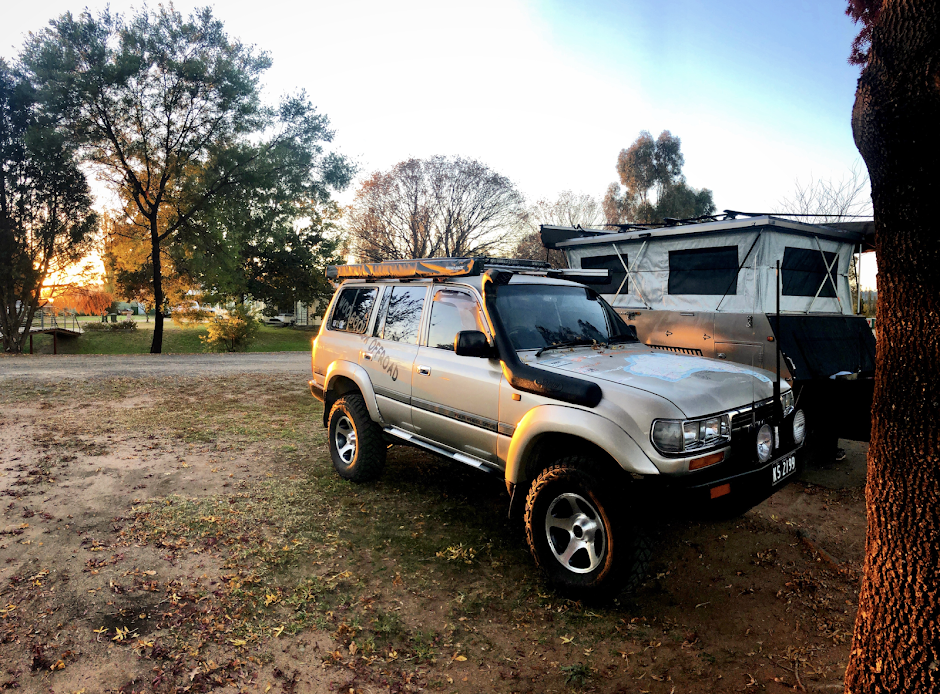The rugged west coast of Tasmania is ruggered, remote and at the mercy of the western winds that shape the landscape as they blow hard nearly every day. But deep down in some of these remote canyons little towns have helped to shape parts of Tassie to what it is today. Waratah is one of these towns. The area was ‘found’ by a gentleman by the name of James Smith back in 1871 when he went walk about from Devonport looking for a better life as a prospector. The scrub out in the west coast is thick with branches interlocking together, the heath plains are wet and the moss can sometimes float on bog holes. Some called it the savage country.
But he set out on foot and after several weeks he passed the Cradle Mountain area and eventually came to the head of a river where he needed to make a decision; head to the extreme north where areas had not been prospected or turn south and explore down past the Mount Bischoff area. His head told him to push on south and as he followed the headwaters of the Arthur River he discovered a huge waterfall, ‘ One of the best I have ever seen’ he remarked, now named Philosopher Falls after Mr Smith. Apparently just down stream he followed a small tributary looking for gold but found little bits of Tin ( in its raw form ) and scouring the area he eventually found the source of the Tin. The story goes that he was in desperate need of some food and sent his trusty hunting dog out to get a wild animal for a decent meal, the dog bought back an Echidna, Smith was too hungry to argue so that filled his hungry belly.
All this water power prompted more inanition and soon the mine was producing lighting from the water wheels and turbines, which made it the first in Australia to produce electric lighting for industrial use. Speaking of water, this area receives nearly 2 metres of water a year, so several dams were built to control the water for the water wheels and turbines for a constant and reliable flow. Around the area water races ( channels ) were dug by pick and shovel from the wet areas to mines so the water could be used. Every day an inspector had to walk the channels to make sure they were clear and flowing freely.
As 1900 rolled on the town grew with hotels, a movie theatre, schools general store and the population grew to nearly 1500 with families moving to the district. A proper tram replaced the horses to cart the ore back to Burnie and in 1905 the Mount Bischoff mine was operating at full stream. Mining 65,000 tonnes of ore worth a good two million pounds at the time which went back into the town. But things went down hill in 1930 and the mine struggled with an eventual closure 20 years later where the population dwindled to 300. Roll into 2007 and a new company has opened up the mine using new technology and succeeding where the old timers left off.
These days tourists flock to the town to revisit the history and to enjoy the natural wonders of this remote area. Philosophers Falls is a go to spot where a great walk through the ancient forest full of tree ferns, huge Huon pines and moss line the track all the way to the falls. As you walk along you travel part of the water race that was dug by hand, through solid rock and often the men worked in cold wet conditions. Back in town there’s an easy walk to Waratah Falls where you can see the old stone work holding up massive boulders from where they wanted to hold back the wall from collapsing.
There’s a little heritage walk around town too with a life size shack that displays the life of James Smith in the area. Up the road the Waratah Hotel has been lovingly restored back to its 1900 Queen Anne style design, the original Hotel burnt down in 1878.
Across the road in a newly build shed the original stamper has been set up as a proper working display. Back in 2006 the original shanty shed that housed the stamper and other gear was slowly pulled apart and transported to the heart of town for preservation. It has now been set up exactly as it was from back in its day, complete with a push button to make the stamper and separator work, its rough, raw, the ground shakes and the stamper heads hit the rock and noisy but it's how it was. Just next door is the Athenaeum Hall built for the workers and families. The place of learning was like a library for the townsfolk and later became the town hall and cinema, today it is a great reminder of what once was and is still in use for functions.
Waratah was Tasmania’s first dedicated mining town on the entire island. Today it's a beautiful scenic place on the edge of the Tarkine wilderness where mining burst into the area thanks to James Smith, a great bushman and prospector who is now regarded as a great pioneer of early Tasmanian industry.











No comments:
Post a Comment